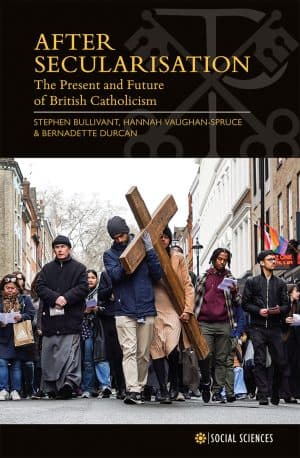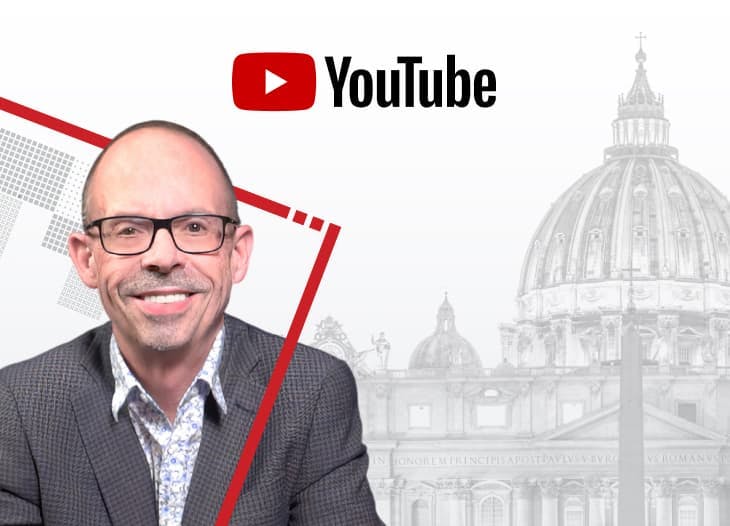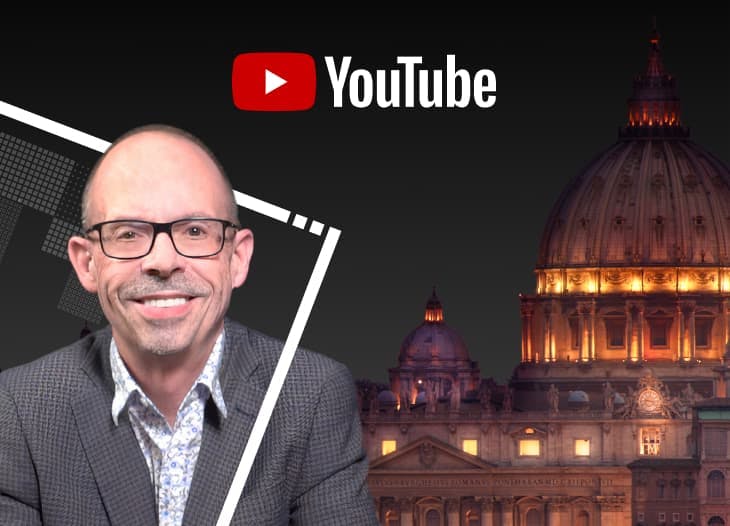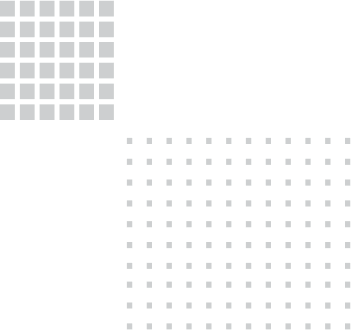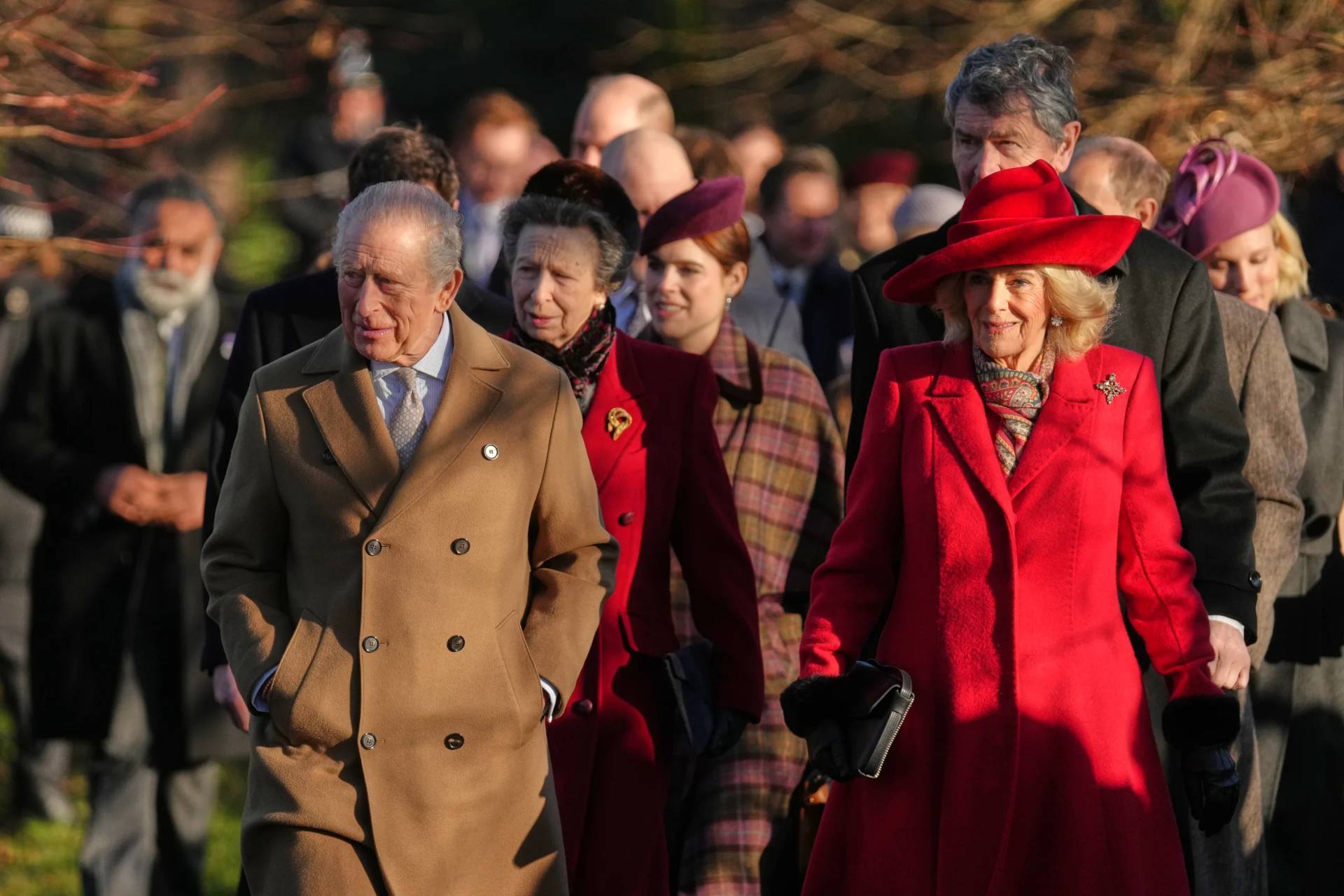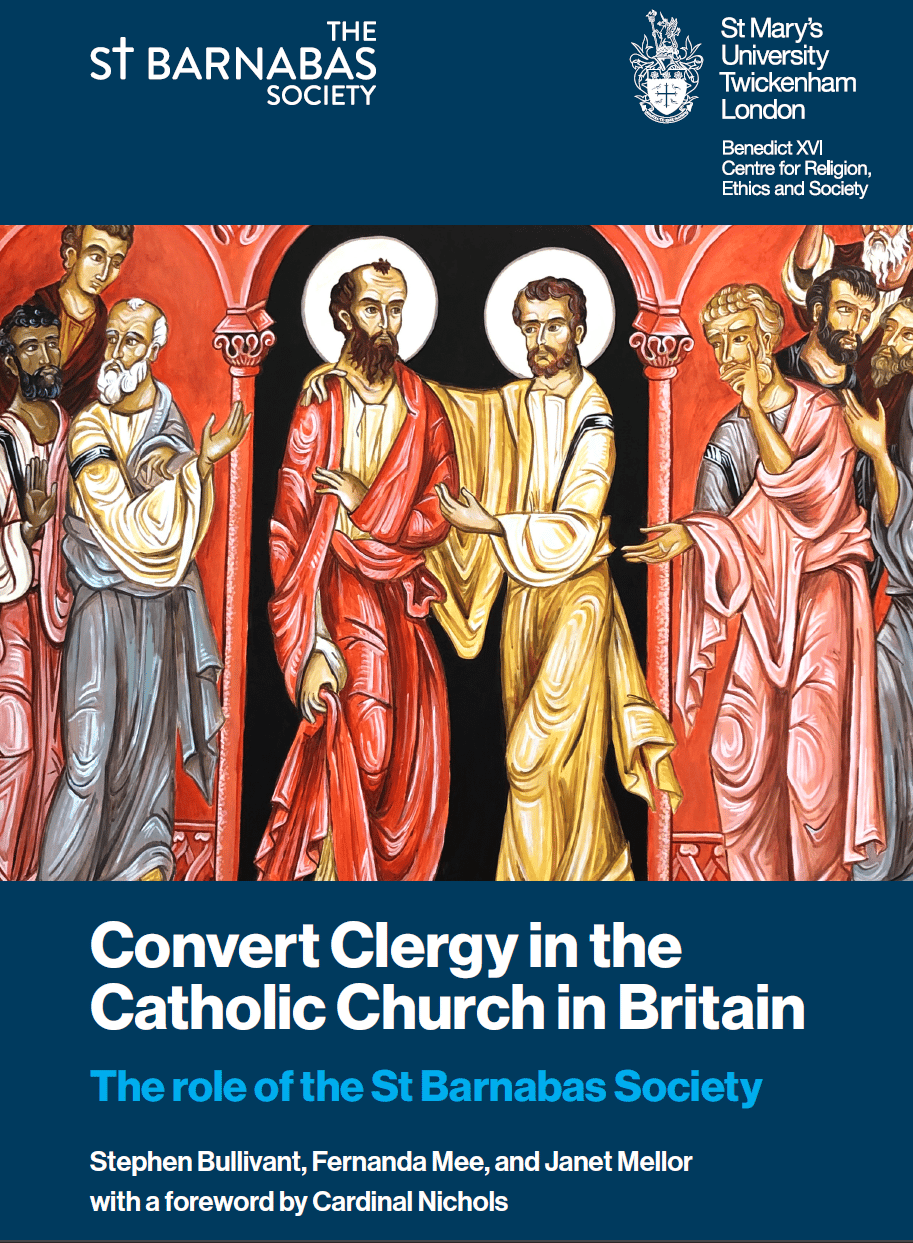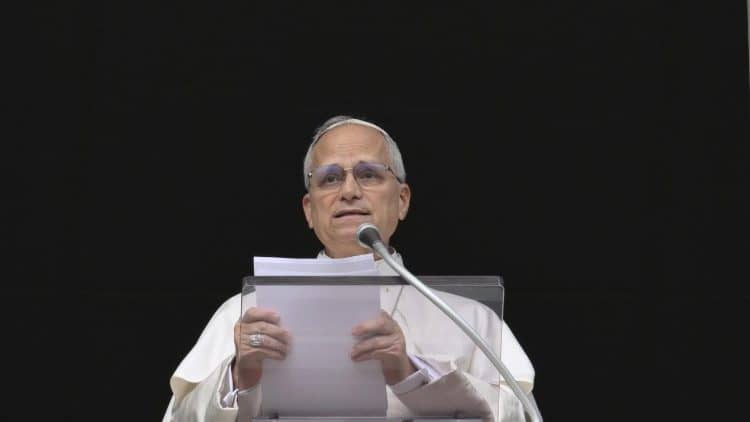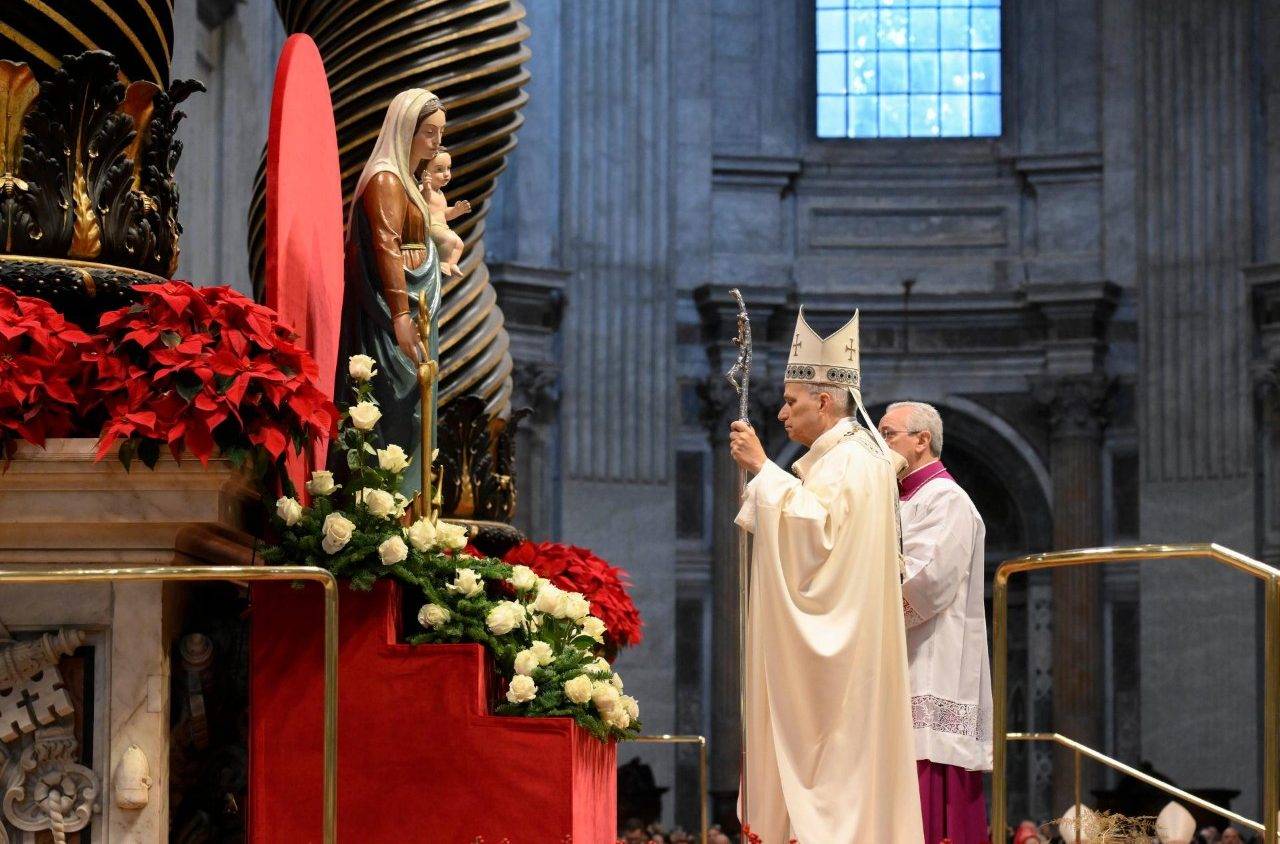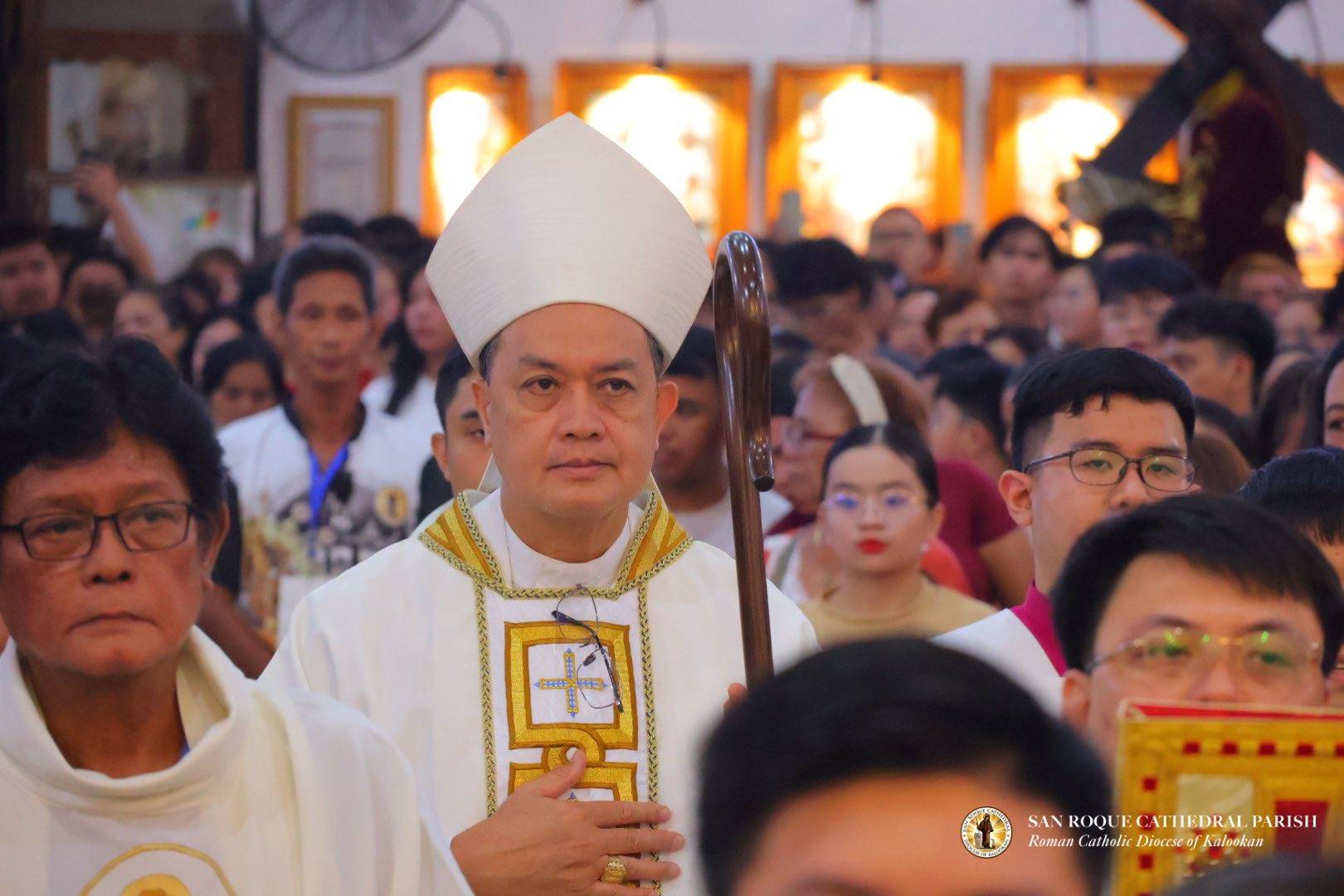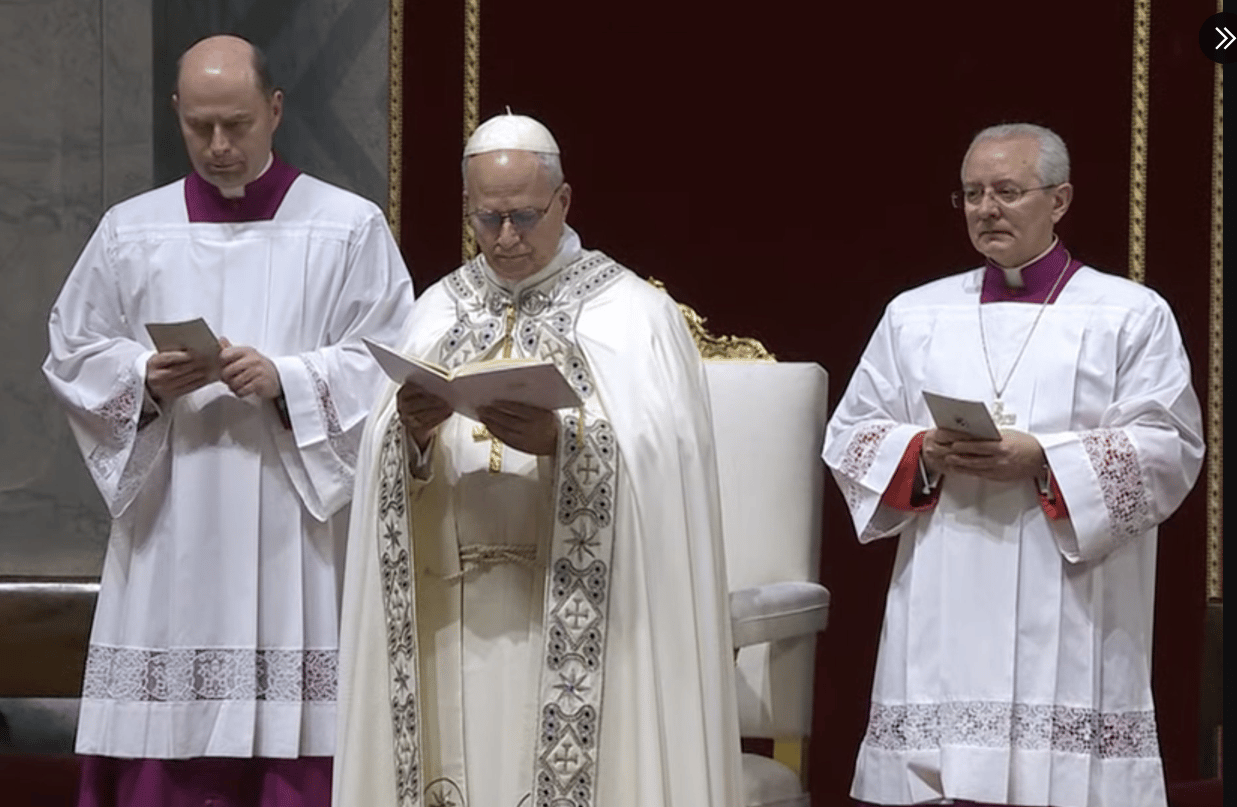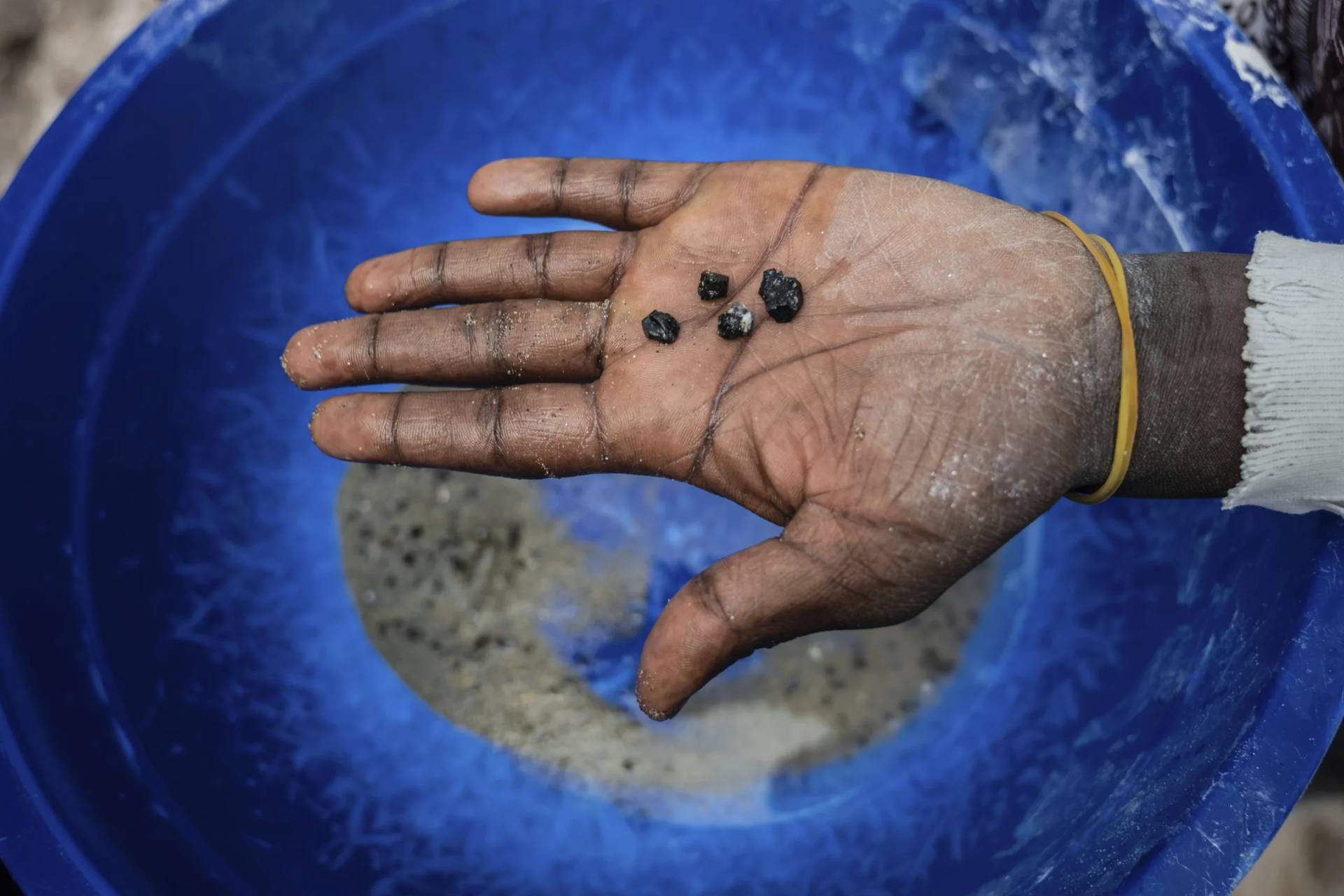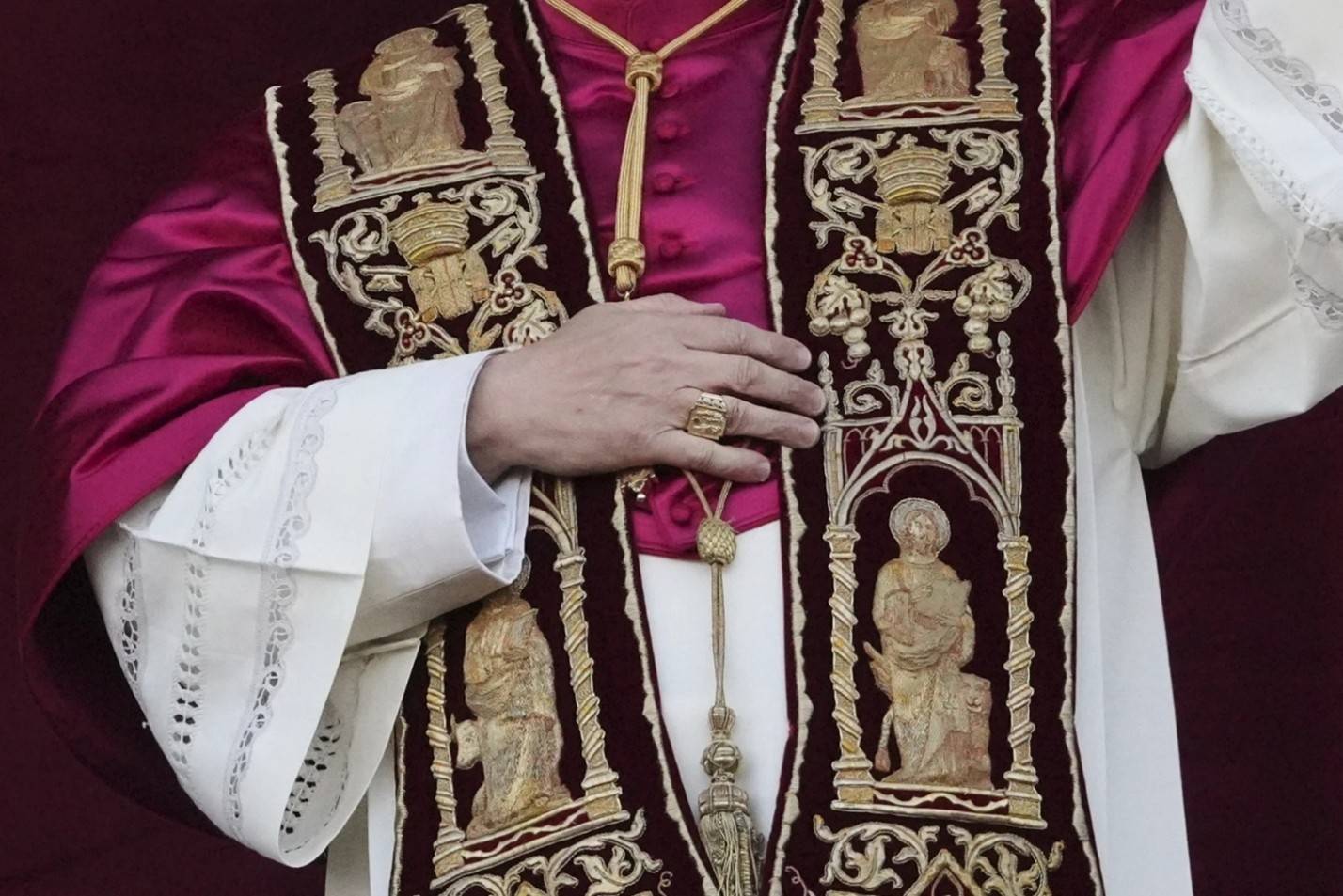There is no shortage of people either lamenting or touting the death of religion as a social force and institutional given, especially in the West and particularly in the United Kingdom.
They have good numbers – solid sociology – on their side, too, even and especially when it comes to the Catholic Church and Catholic faith in England, Wales, and Scotland.
A new book is out, written by a talented interdisciplinary team of researchers who have examined the data with ruthless precision and unstinting clarity, which finds both principled and statistical reasons for hope and good cheer regarding the future of the Church in Britain.
After Secularisation: The Present and Future of British Catholicism (184 pages, Catholic Truth Society) presents original research and builds on work already done by the three accomplished authors: Stephen Bullivant (of St. Mary’s University, UK, where this journalist is a founding affiliate – external – of the Benedict XVI Centre for the Study of Religion and Society headed by Bullivant, and Australia’s University of Notre Dame), Hannah Vaughan-Spruce of Divine Renovation (where she is Executive Director of Global Mission) and Bernadette Durcan (a doctoral candidate at St. Mary’s).
In an exclusive interview with Crux, Bullivant said secularisation is indeed the single greatest fact of recent British religious history. He frankly acknowledged the country is not merely changed in terms of its religious affiliations and associations but really is significantly less religious.
“At the cultural level, society is secularized – as much as it’s going to [be] – in school systems and politics and within our country,” Bullivant said. Numbers may continue to decline and communities may continue to dwindle, but the damage is done.
“But that means that the people who are left are there for a reason— otherwise they wouldn’t be left. Plus, there’s all the immigrants who are constantly coming in from elsewhere, most of whom are from much-more-religious-than-us places.”
Catholic religious history in Britain is no exception, cultural vestiges notwithstanding.
“There’s a kind of a herd immunity to a serious version of Christianity that the population have had for a long time, and may now be wearing off,” Bullivant said. “I was raised in the 80s and 90s, not religious, wasn’t baptized, but went to what in America would be called public schools,” he said, noting how he and his schoolmates “had the Lord’s Prayer every day in primary school,” and “traditional hymns every morning.”
There were other trappings, as well.
“We did a straight down the line nativity play,” he said.
“There were,” in other words, “weak strains of Christianity that probably inoculated a lot of people against ever catching a live strain,” Bullivant said.
“What you’ve got now,” Bullivant continued, “is a population who know nothing about religion and have no reason to want to know anything about it.”
Bullivant and his colleagues say that’s good news.
“The sorts of people who can swim against the cultural tide and who are far more likely to [embrace something counter-cultural, as Catholicism has become],” and “have the personal self confidence and social capital to be a thing that’s different,” are few but they are not far between.
There are small groups – some organized through parishes and oratories and other traditional bastions of Catholic institutional presence, but others outside what’s left of the Church’s institutional footprint.
Bullivant et al. have thoroughly researched and documented the decline elsewhere, and are now exploring how “creative minorities” – to say it with Joseph Ratzinger – are strongly present and active in the Catholic Church of England, Wales, and Scotland.
Bullivant said the challenge for the Church will be to foster, harness, and direct the energies where and when they are found.
“What we’re trying to do in the book is on the one hand, not only say but show how “there is genuine, realistic reason for hope,” Bullivant said.
“Having written some of the previous books I have, I don’t think I can be accused of naivety about the situation and how we got here,” he said, “so, you know, it is going to be uphill.”
That, too, is part of the good news.
Both the mourners and the revelers appear to have forgotten the crucial distinction made by Billy Crystal’s Miracle Max in Rob Reiner’s cinematic adaptation of William Goldman’s The Princess Bride.
“There’s a big difference between mostly dead and all dead,” Miracle Max tells the pair of unlikely adversaries-turned-companions to Cary Elwes’ farm boy-turned-pirate-adventurer, Wesley (aka the Dread Pirate Roberts).
“Mostly dead is slightly alive,” Max says, and that makes all the difference.
“The people who are here [in the Church] have to be here for a reason,” he said, “and if you can gather enough of those together in any one place at any one time, then it does allow you to kind of create these subcultures, if you will.”
“Now,” Bullivant continued, “it then becomes difficult passing that on to the next generation.”
That is a challenge in every generation, but the Church thinks in centuries.
In these regards, Bullivant recalled the “second spring” of St. John Henry Newman, soon to be declared a Doctor of the Church.
After Secularisation is a helpful reminder, exhibiting the genuine hopefulness of hard-nosed realism, that we are still in early spring, when violent winds and driving rains are never unexpected.
